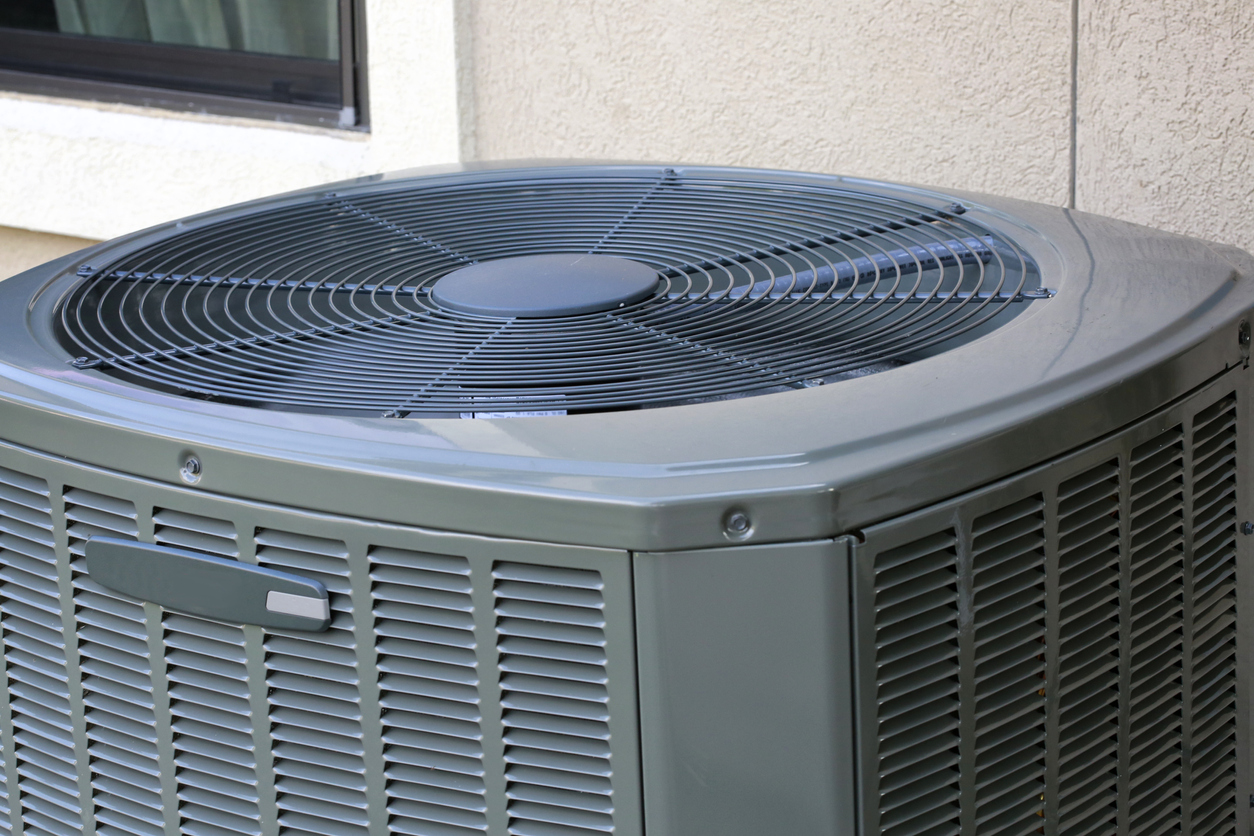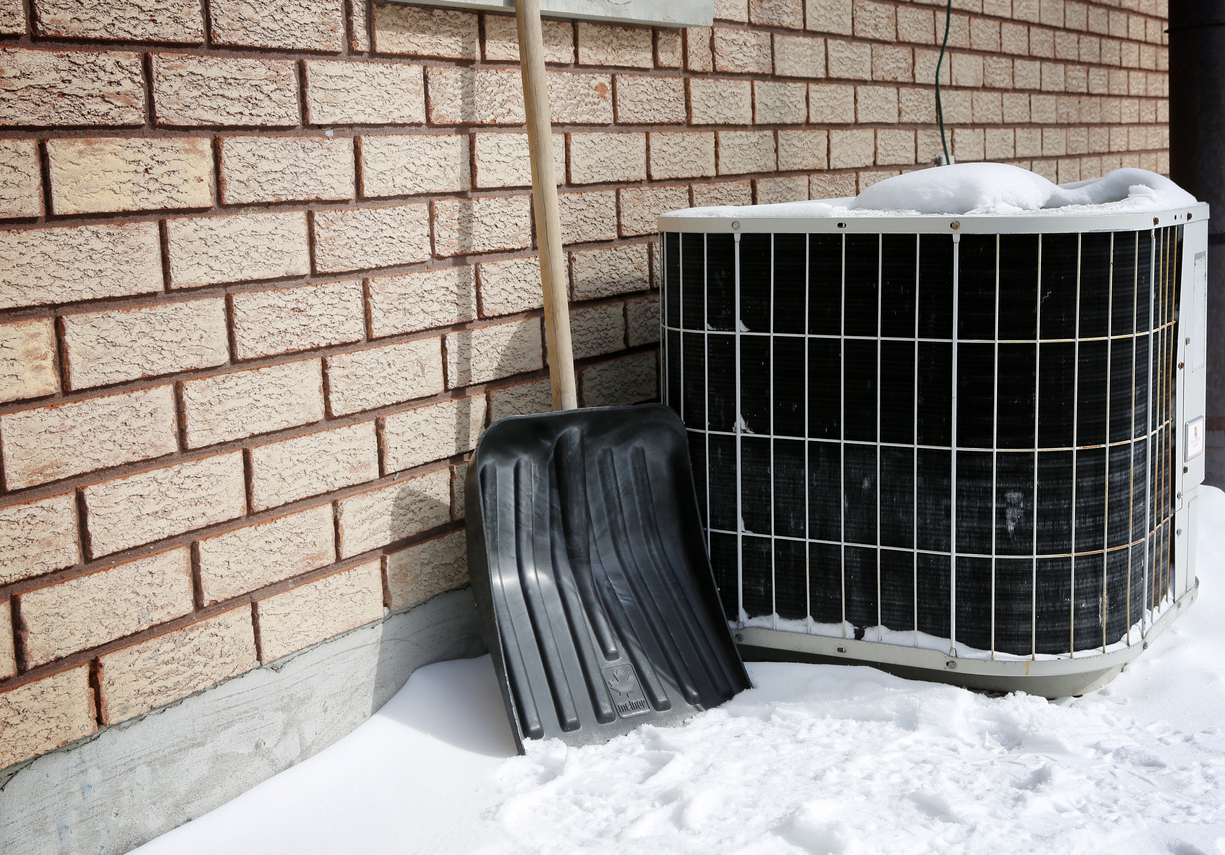Hose Bibs: The Ultimate Guide to Maximize Their Benefits
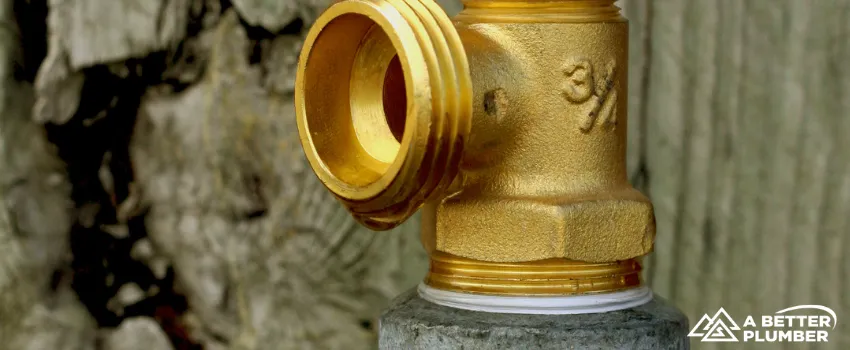
Table of Contents
- What Is a Hose Bib?
- Where Is a Hose Bib Used?
- Are There Different Kinds of Hose Bibs?
- Common Hose Bib Problems
- Hose Bib Codes and Regulations
- Causes of Hose Bib Leaks
- How Do You Fix a Leaking Outdoor Faucet Hose Bib?
- What Is the Difference Between a Hose Bib and a Sill Cock?
- Should You Winterize a Hose Bib?
- Is There a Frost-Free Hose Bib?
- Key Takeaway
- Get your plumbing leaks fixed fast and easy with Absolute Electrical Heating and Air.
Hose bibs, also known as outdoor faucets or spigots, provide convenient access to water for various tasks, from watering plants to washing cars. Despite appearing simple and easy to use, the typical hose bib comprises several intricate parts you must understand to use it efficiently.
The standard hose bib has several different types, so you must choose the most suitable one for your specific needs. Whether you’re a seasoned DIY enthusiast or looking to optimize your outdoor water usage, maximizing the hose bib helps ensures its efficient and safe operation.
What Is a Hose Bib?
It is a compact device normally affixed to hoses, serving as an indispensable tool for homeowners who wish to enjoy their outdoor spaces. A hose bib facilitates activities such as car cleaning, plant watering, and filling garden pools.
Connecting the indoor water supply to the exterior, spigots are typically linked to outdoor faucet systems in many residential settings. As they are usually exposed to challenging weather, most bibs become susceptible to wear and tear.
Where Is a Hose Bib Used?
One primary application of a hose bib is in residential gardens and yards, enabling homeowners to water plants and maintain lush green spaces. Some bibs are also installed near driveways, making it convenient to wash vehicles and keep them clean and presentable.
Additionally, spigots are essential in recreational areas, such as swimming pools and outdoor play areas, facilitating easy filling and cleaning. This is why a hose bib is often found in commercial settings, like parks and sports facilities. They provide a practical water source for grounds maintenance and cleaning activities.
Are There Different Kinds of Hose Bibs?
Familiarizing yourself with the different hose bib types is required if repair or replacement is necessary. Listed below are the various types of hose bibs and their specific functions.
1. Non-Frost Free Hose Bib
Among the oldest types, the non-frost free hose bib demands diligent maintenance. Before winter sets in, drain the water from the pipes and hoses connected to these bibs to prevent freezing during the cold season.
2. Frost-Free Hose Bib
Popular in regions experiencing freezing weather, a frost-free hose bib eliminates the need to drain hoses and pipes during cold spells. Simply put, this type of hose bib offers convenience and ease of maintenance compared to their non-frost free counterparts.
3. Loose Key Hose Bib
This hose bib is equipped with a “loose key” handle and allows easy on-and-off water flow control. It also helps conserve water by restricting access when the bib is not in use. The accompanying key should be kept safe, though, as it is essential for operating the bib.
4. Round Plastic Hose Bib
Found on water heater tanks, these spigots facilitate the draining of water for maintenance or replacement purposes. They are user-friendly and easy to dismantle by turning the bib clockwise and gently pulling.
5. Knobbed Hose Bib
Functioning similarly to round plastic bibs, a knobbed spigot requires a pipe wrench when this needs to be removed or loosened. This distinguishes this bib type from the straightforward round plastic bib model.
Common Hose Bib Problems
The following are the common problems encountered when using a hose bib:
1. Leaks
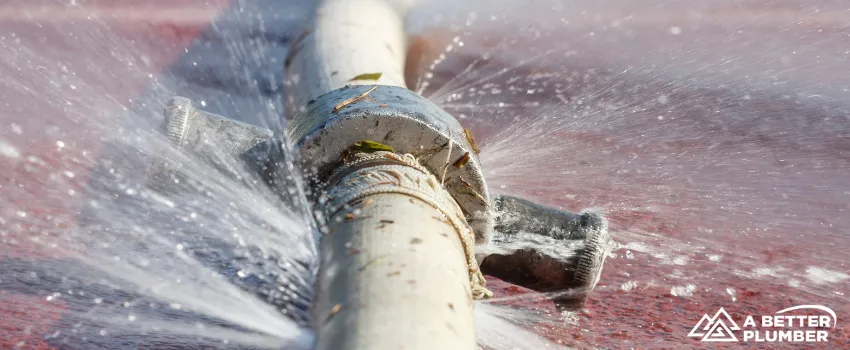
Leaks are among the most frequent issues with a hose bib, leading to water wastage and potential damage to the surrounding area. They may occur due to worn-out washers, damaged O-rings, or loose connections between the hose bib and the pipe.
2. Low Water Pressure
This is another common problem when using the hose bib. It can be caused by mineral deposits clogging the hose bib’s filter or a partially closed shut-off valve. In some cases, a faulty pressure regulator may also contribute to low water pressure.
3. Freezing
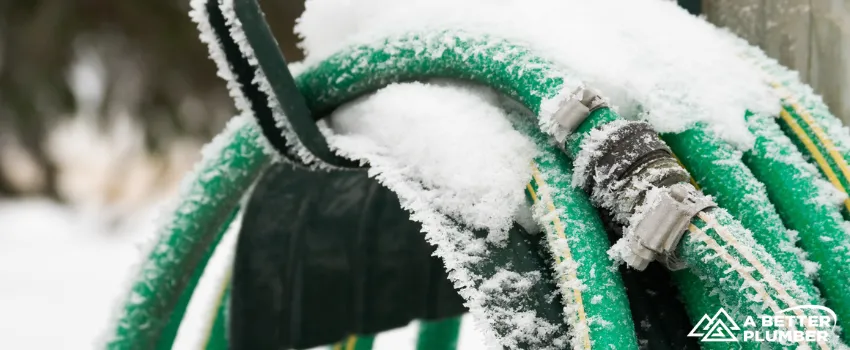
During the cold months, water hose bibs are susceptible to freezing, especially the non-frost-free types. If not adequately winterized or insulated, the water inside the bib can freeze, leading to cracked pipes and leaks once the ice thaws.
4. Corrosion
Over time, a hose bib can succumb to corrosion and rust, particularly if it is used in areas with harsh weather. Corrosion can weaken the structure of the bib, causing leaks and reducing its life span.
5. Handle and Valve Issues
Problems with a hose bib’s handle or valve can hinder proper functioning. Issues may include a loose handle, difficulty turning it, or a valve that fails to shut off the water completely, resulting in constant dripping.
6. Backflow
This is where water flows back into the main water supply and can occur if the hose bib is not equipped with a backflow preventer. Backflows can lead to contamination of the potable water system and pose serious health risks.
Hose Bib Codes and Regulations
These essential guidelines govern the installation, placement, and usage of a hose bib to ensure safety, efficiency, and compliance with building and plumbing standards. The codes may vary depending on local, regional, or national regulations.
Typically, however, they cover aspects such as properly positioning the hose bib to avoid potential hazards. Additional aspects include the installation of backflow preventers to protect the water supply from contamination and specifications for the materials used in the installation.
Adhering to these hose bib codes is fundamental for homeowners, contractors, and plumbers to guarantee that the bibs are installed correctly and function as intended. The goal is to minimize, if not prevent, the risk of accidents like burst pipes or backflows that could lead to property damage.
Causes of Hose Bib Leaks
Below are the common causes of hose bib leaks:
1. Damaged Washer
The washer is located inside a hose bib’s valve and is a seal to prevent water from leaking. Over time, this can become loose, deteriorate, or sustain damage, leading to leaks when the bib is turned on.
2. Corroded Valve Seat
The valve seat, which the washer presses against to form a seal, can corrode due to exposure to water and minerals. Corrosion creates irregularities in the seat’s surface, resulting in leaks.
3. Cracked Bib Body
External factors, such as accidental impacts or harsh weather, can cause cracks or damage to the hose bib’s body. This can result in water leakage, especially when the bib is in use.
4. Improper Installation
If the hose bib is not correctly installed, it may not align properly with the water supply pipe or have loose connections. These installation errors can lead to leaks or dripping.
5. Frost
In areas with freezing temperatures, water left inside the hose bib during winter can freeze and expand. It can cause the fixture to crack or its internal components to get damaged. Once the ice thaws, leaks will also likely ensue.
6. High Water Pressure
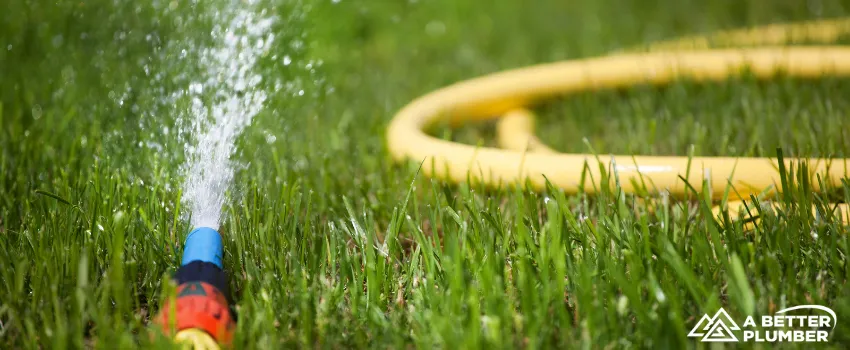
Excessively high water pressure can put undue stress on the hose bib’s internal parts. This can cause wear and tear over time and lead to leaks at various points in the bib.
How Do You Fix a Leaking Outdoor Faucet Hose Bib?
Fixing a leaking outdoor faucet hose bib involves a series of straightforward steps to address the underlying cause of the problem. First, you should turn off the water supply to the hose bib by shutting off the indoor water valve. Next, drain any remaining water from the spigot by opening it fully.
Depending on the cause of the leak, you may need to replace the washer or the entire hose bib. To replace the washer, disassemble the bib by unscrewing the handle and valve stem, then replace the worn-out washer with a new one. For more severe leaks caused by a damaged spigot body or valve seat, you need to replace the entire hose bib assembly.
What Is the Difference Between a Hose Bib and a Sill Cock?
The main difference between a hose bib and a sill cock lies in the design and function of the two. Both outdoor water fixtures provide access to water for various tasks, but they serve slightly different purposes. A hose bib is a standard outdoor faucet that allows you to connect a hose to water the plants or wash your car.
On the other hand, a sill cock, also known as a frost-free faucet, is designed to prevent freezing during the cold season. It extends further into the wall, with the shut-off valve located inside the home to protect it from freezing temperatures. When the sill cock is turned off, water gets drained from the exposed section, preventing potential damage from frozen water.
Should You Winterize a Hose Bib?
Winterizing a hose bib is vital in maintaining its functionality and preventing plumbing damage. As temperatures drop, any water left inside the hose bib can freeze and expand, leading to cracked pipes and leaks once the ice thaws.
To avoid costly repairs and water wastage, follow these steps to winterize your hose bib:
- Disconnect and drain the hose bib.
- Shut off the water supply to the bib.
- Ensure that no water remains trapped inside.
Additionally, using insulating materials, such as foam covers, can further protect the hose bib from freezing temperatures.
Is There a Frost-Free Hose Bib?
A frost-free hose bib exists, and it’s called a frost-proof or freeze-proof faucet. This is designed to withstand freezing during winter, making them ideal for generally colder regions.
Unlike the standard hose bib, the frost-free model has a longer stem that extends further into the wall. It also has a shut-off valve installed inside the home, protecting it from the cold. This design ensures the water supply remains insulated and protected, reducing the risk of frozen pipes.
Key Takeaway
Whether placed in residential or commercial spaces, hose bibs offer unparalleled convenience. They make outdoor water usage a seamless and enjoyable experience.
The typical hose bib, however, is known to have its share of problems, the most common of which is leaks. While you can take proactive measures to address these problems promptly, sometimes, accidents cannot be avoided. In the case of leaks, it’s always best to get the services of professional plumbers to ensure that the cause is accurately identified and resolved.
Get your plumbing leaks fixed fast and easy with Absolute Electrical Heating and Air.
Pay attention to your outdoor spigots. Although they seem like ordinary household fixtures, neglecting them can lead to major plumbing problems like leaks and floods. Ensure regular maintenance to keep your hose bib and your plumbing operational with the help of Absolute Electrical Heating and Air.
If you need assistance, our Aurora, Colorado plumbing specialists are readily available to cater to your plumbing maintenance needs. Call us today!
CONTACT US
Request Service


Save Every Year with an Absolute Advantage Membership
Expert Annual System Safety Inspections & More
- Priority service
- Waived dispatch fees
- Yearly furnace, A/C, & electrical system inspections
- 10% discount on repairs and additional diagnostic services
- Up to $500 off HVAC & electrical panel replacements





